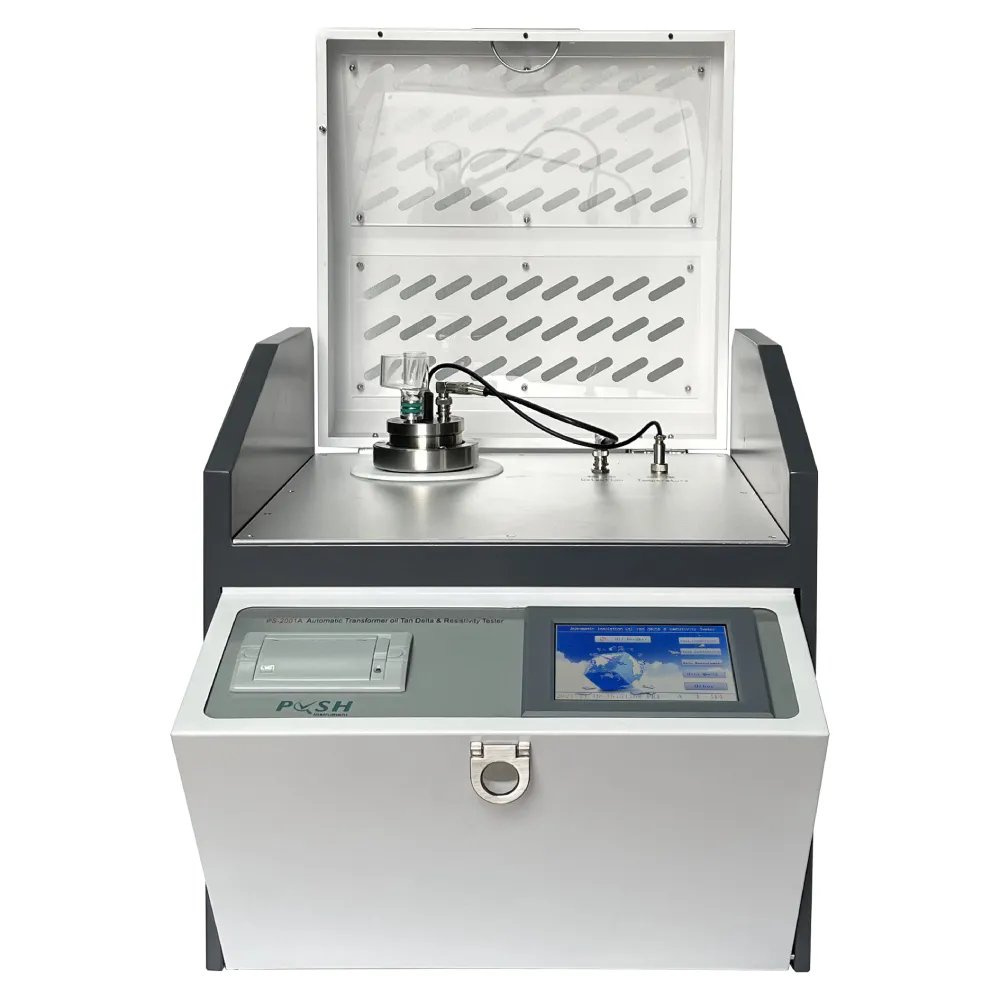 English
English



-
 Afrikaans
Afrikaans -
 Albanian
Albanian -
 Amharic
Amharic -
 Arabic
Arabic -
 Armenian
Armenian -
 Azerbaijani
Azerbaijani -
 Basque
Basque -
 Belarusian
Belarusian -
 Bengali
Bengali -
 Bosnian
Bosnian -
 Bulgarian
Bulgarian -
 Catalan
Catalan -
 Cebuano
Cebuano -
 China
China -
 China (Taiwan)
China (Taiwan) -
 Corsican
Corsican -
 Croatian
Croatian -
 Czech
Czech -
 Danish
Danish -
 Dutch
Dutch -
 English
English -
 Esperanto
Esperanto -
 Estonian
Estonian -
 Finnish
Finnish -
 French
French -
 Frisian
Frisian -
 Galician
Galician -
 Georgian
Georgian -
 German
German -
 Greek
Greek -
 Gujarati
Gujarati -
 Haitian Creole
Haitian Creole -
 hausa
hausa -
 hawaiian
hawaiian -
 Hebrew
Hebrew -
 Hindi
Hindi -
 Miao
Miao -
 Hungarian
Hungarian -
 Icelandic
Icelandic -
 igbo
igbo -
 Indonesian
Indonesian -
 irish
irish -
 Italian
Italian -
 Japanese
Japanese -
 Javanese
Javanese -
 Kannada
Kannada -
 kazakh
kazakh -
 Khmer
Khmer -
 Rwandese
Rwandese -
 Korean
Korean -
 Kurdish
Kurdish -
 Kyrgyz
Kyrgyz -
 Lao
Lao -
 Latin
Latin -
 Latvian
Latvian -
 Lithuanian
Lithuanian -
 Luxembourgish
Luxembourgish -
 Macedonian
Macedonian -
 Malgashi
Malgashi -
 Malay
Malay -
 Malayalam
Malayalam -
 Maltese
Maltese -
 Maori
Maori -
 Marathi
Marathi -
 Mongolian
Mongolian -
 Myanmar
Myanmar -
 Nepali
Nepali -
 Norwegian
Norwegian -
 Norwegian
Norwegian -
 Occitan
Occitan -
 Pashto
Pashto -
 Persian
Persian -
 Polish
Polish -
 Portuguese
Portuguese -
 Punjabi
Punjabi -
 Romanian
Romanian -
 Russian
Russian -
 Samoan
Samoan -
 Scottish Gaelic
Scottish Gaelic -
 Serbian
Serbian -
 Sesotho
Sesotho -
 Shona
Shona -
 Sindhi
Sindhi -
 Sinhala
Sinhala -
 Slovak
Slovak -
 Slovenian
Slovenian -
 Somali
Somali -
 Spanish
Spanish -
 Sundanese
Sundanese -
 Swahili
Swahili -
 Swedish
Swedish -
 Tagalog
Tagalog -
 Tajik
Tajik -
 Tamil
Tamil -
 Tatar
Tatar -
 Telugu
Telugu -
 Thai
Thai -
 Turkish
Turkish -
 Turkmen
Turkmen -
 Ukrainian
Ukrainian -
 Urdu
Urdu -
 Uighur
Uighur -
 Uzbek
Uzbek -
 Vietnamese
Vietnamese -
 Welsh
Welsh -
 Bantu
Bantu -
 Yiddish
Yiddish -
 Yoruba
Yoruba -
 Zulu
Zulu
Design and Function of D93 Flash Point Testing Equipment for Safe Temperature Measurement
Understanding the D93 Flash Point Apparatus A Critical Tool in Fire Safety and Chemistry
The D93 flash point apparatus is an essential instrument used in laboratories and industrial settings to determine the flash point of various combustible liquids. The flash point is the lowest temperature at which vapors of a volatile material will ignite when exposed to an open flame or spark. This characteristic is vital for assessing the flammability and safety of materials, especially in areas where hazardous materials are handled.
What is Flash Point, and Why Does It Matter?
Flash point measurements are crucial for regulatory compliance and risk management. Different types of materials have different flash points, which influence how they should be stored, transported, and used. Knowing the flash point can help prevent accidents, reduce the risk of fire hazards, and ensure that safety protocols are adhered to.
For instance, fuels, solvents, and oils have varying flash points, affecting their applications and the safety measures required during their use. Ignoring these parameters can lead to catastrophic incidents, underscoring the need for accurate and consistent measurement methods.
The D93 Method A Standard Procedure
The D93 method, officially recognized as the ASTM D93 standard test method, outlines a specific procedure for determining the flash point of liquids. This method uses the Pensky-Martens closed cup apparatus, commonly referred to as the D93 flash point apparatus. It consists of a sample cup, a heating source, and a lid with an integrated ignition source.
During the testing process, the sample liquid is placed in the cup and gradually heated. A movable ignition source is then applied at specified intervals to check for ignition. The temperature at which a flash is observed is recorded as the flash point of the sample. This method is preferred for its ability to provide accurate results, especially for liquids that have flash points above 60 degrees Celsius.
Components of the D93 Flash Point Apparatus
d93 flash point apparatus

The D93 flash point apparatus features several key components designed to ensure precision and safety during the testing process
1. Sample Cup This is where the liquid sample is placed. It is made of materials that can withstand high temperatures without interfering with test results.
2. Heating Mantle This component provides uniform heating to the sample cup, ensuring that the temperature of the liquid increases steadily throughout the test.
3. Temperature Control System Accurate temperature control is crucial for determining the flash point. The apparatus includes a thermocouple or other temperature measuring devices to monitor the sample's temperature closely.
4. Ignition Source The ignition source is used to create a spark at specified intervals, allowing for the detection of flash.
5. Safety Features Modern D93 apparatus models include various safety features, such as automatic shut-off systems and ventilation mechanisms, to protect users from hazardous emissions.
Conclusion
The D93 flash point apparatus is a critical tool in laboratories and industries where flammable materials are present. By providing accurate measurements of a liquid's flash point, this apparatus plays a vital role in ensuring safety, compliance with regulations, and the effective management of fire risks. As industries continue to prioritize safety and efficiency, the importance of tools like the D93 flash point apparatus cannot be overstated. Whether used in research, product development, or safety assessments, it remains an indispensable resource in the chemical and materials sciences.
-
Testing Equipment Industry Sees Major Advancements in 2025: Smart & Precision Technologies Lead the WayNewsJun.06,2025
-
Applications of Direct Current Generators in Renewable Energy SystemsNewsJun.05,2025
-
Hipot Tester Calibration and Accuracy GuidelinesNewsJun.05,2025
-
Digital Circuit Breaker Analyzer Features and BenefitsNewsJun.05,2025
-
Benefits of Real-Time Power Quality Monitoring Devices for Industrial EfficiencyNewsJun.05,2025
-
Earth Fault Loop Testing in High-Rise Building Electrical SystemsNewsJun.05,2025



